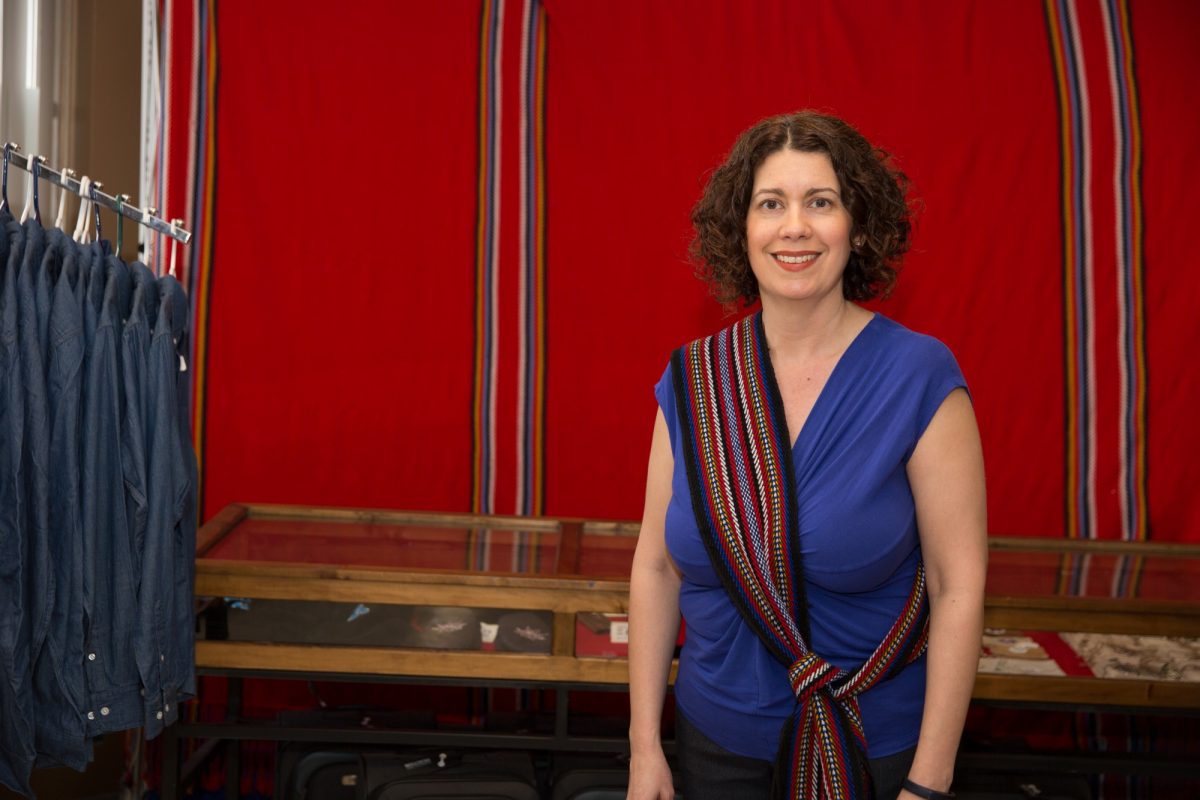
Trustworthy Transmission
During the COVID-19 pandemic, unfamiliar terms like “spike protein,” “mRNA vaccine” and “asymptomatic transmission” have swirled around Manitobans as they face sometimes-difficult choices. Without a health background, how do people make informed decisions about vaccines?
That’s been a central research question for Dr. Michelle Driedger, a professor of community health sciences in the Max Rady College of Medicine who studies health risk communication in public health and primary care.
A geographer by training, Driedger was an assistant professor of geography at the University of Ottawa before returning to her home province to accept a Canada Research Chair in environment and health risk communication, which she held at UM from 2006 to 2017.
Driedger is a Red River Métis woman with a strong commitment to Indigenous research. During the H1N1 pandemic of 2009, she found that when the vaccine was prioritized for First Nations, Inuit and Métis people, some in those populations felt uneasy.
“Some people felt distrustful of the prioritization, like, ‘Is it being tested on us before the white guys get it?’” Driedger says. “One of our Indigenous leaders commented, ‘When have Indigenous Peoples been prioritized for anything good?’”
A large part of Driedger’s work is determining how to communicate with different groups and effectively relay health information to them. During the COVID-19 pandemic, she has studied the best ways to convey the risks and benefits of the vaccine.
In one study, she spoke with parents in Manitoba, Ontario and British Columbia who had questions about getting their 12 to 17-year-olds, and then of 5-11-year-olds, vaccinated. She asked them to try to find the information they were looking for on provincial websites such as the Manitoba government’s ProtectMB.ca and Doctors Manitoba’s ManitobaVaccine.ca.
Many of the parents were seeking more in-depth information than possible side effects or how to book an appointment, Driedger says.
“People were not satisfied with the standardized, most common information. They were more trusting of websites that helped answer specific questions they had.”
One mother had concerns about why her 12-year-old son would receive the same dose as her husband, who weighs 265 lbs. COVID-19 vaccine dosage isn’t based on weight, but she couldn’t find that information on the government website.
“Parents want greater assurance,” Driedger says. “If they get their child vaccinated and the child has a severe reaction, that’s a choice they made. It’s hard to live with that decision if something goes wrong.”
Driedger found that “layering” trustworthy information prevents parents from turning to Google, where they might stumble on misinformation. The Doctors Manitoba site, for example, includes a link to the vaccine clinical trial results for young children published in the New England Journal of Medicine.
“What’s effective is a balance between the short answer that’s satisfactory to most, and layering information for people who want more,” the professor says.
Driedger has collaborated on past studies with the Manitoba Métis Federation. Now they’re partnering to study COVID-19 vaccination messaging, and how the government’s decision not to include Métis people when First Nations were prioritized has affected vaccination rates.
“Using health databases, we’ll compare what would have happened with cases had Métis been prioritized for vaccines at the same rate as First Nations.”






